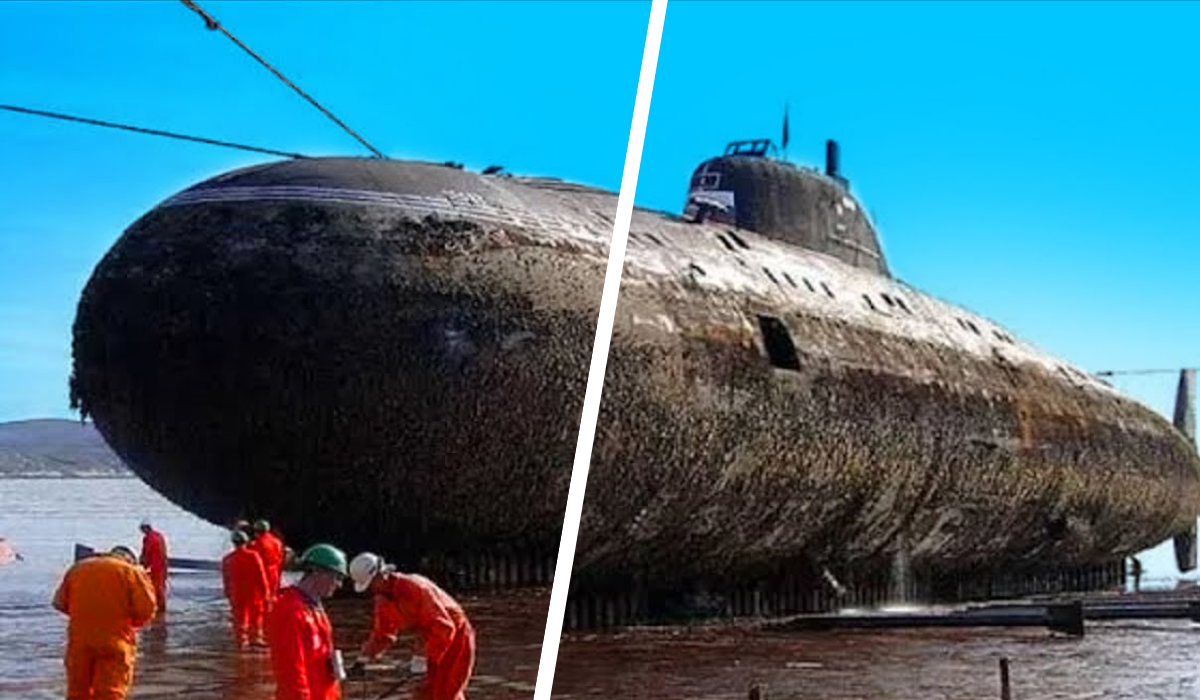Deforestation is a pressing global issue that affects ecosystems, wildlife, and climate. A recent study revealed that nearly half of the tropical forests cleared for agriculture between 2001 and 2015 remained untouched, equating to over 100 million hectares of land left barren. This area is similar to the size of Colombia, cleared for no apparent reason.

Speculators often clear land with the hope of selling it at a profit, while small-scale farmers may lack the resources to cultivate the land they have cleared. This misuse of advanced machinery leads to the destruction of vital ecosystems, raising questions about the true cost of progress.
The Scale of Deforestation
Between 1990 and 2020, the world lost an astounding 420 million hectares of forest, according to the UN. This figure is equivalent to the entire landmass of the European Union.
Countries like Brazil have seen over 90 million hectares of rainforest vanish, alongside significant losses in Indonesia, the Democratic Republic of Congo, Angola, and parts of Tasmania.

What Fuels Deforestation?
The primary driver of deforestation is agriculture, which accounts for 80% of global forest loss. Other contributing factors include logging, cattle ranching, development projects, wildfires, and the collection of fuelwood. These activities lead to devastating impacts on biodiversity and climate.
The Role of Heavy Machinery
Heavy machinery, including bulldozers and excavators, is designed to efficiently clear vast areas of land for agricultural purposes. However, this often results in the land being left idle or used unsustainably. Forests serve as critical carbon sinks, absorbing greenhouse gases and mitigating climate change. They are also home to 80% of the world’s terrestrial biodiversity.

Consequences of Deforestation
Forests are essential for indigenous communities, providing food, shelter, and cultural identity. They also protect watersheds, maintaining water cycles and preventing soil erosion. The Amazon rainforest, for example, is vital for global climate regulation, yet it has lost 17% of its area in the last 50 years.
Scientists warn that if this trend continues, the Amazon could collapse within the next half-century, converting it into a dry savannah and releasing billions of tons of stored carbon into the atmosphere.

Global Impacts of Deforestation
The collapse of forests is not just a local issue; it leads to erratic rainfall patterns, species extinction, displacement of indigenous tribes, and accelerated climate change. The cycle is vicious: hotter, drier conditions lead to more forest fires, which in turn release more carbon, exacerbating global warming.
Illegal Logging: A Major Concern
Did you know that 15% to 30% of all timber sold globally is illegally harvested? This accounts for a staggering $30 to $100 billion worth of timber each year. In regions like the Amazon and Southeast Asia, illegal logging can constitute up to 90% of the timber industry.

The crisis is driven by massive profits that lure corrupt officials and criminal networks, coupled with weak laws in producing countries. High demand from major importers, such as the US, EU, China, and Japan, further exacerbates the issue.
Solutions: Sustainable Practices and Technology
What role can heavy machinery play in addressing these issues? The answer lies in the development of sustainable machinery that minimizes environmental impact. Innovative machines designed for reforestation and large-scale planting are essential for restoring damaged ecosystems.
Advocating for Change
As individuals, we can take action by staying informed about the environmental impacts of machinery. Supporting sustainable technology and advocating for machines designed with the planet in mind is crucial. Reducing and reusing materials can lessen the demand for raw resources, thereby minimizing the need for deforestation.

Our heavy machinery should serve as extensions of human capability, and when used responsibly, they can help build a sustainable future. Protecting our forests is not just an environmental issue; it’s about ensuring that the power of our machines is harnessed for good.
Conclusion
It’s essential to remember that the responsibility lies with us to ensure that our mighty machines help heal the planet rather than harm it. By understanding the implications of land clearing and advocating for sustainable practices, we can contribute to a healthier planet for future generations.
Don’t forget to share your thoughts on how machinery can be part of the solution in the comments below. Together, we can strive for a balance between development and conservation.







